Charleston Surrenders to British
Following the fall of Savannah in 1778 and the subsequent failed American French effort to recapture it in October 1779, Sir Henry Clinton, the commander of British forces in North America, set his sights on the South Carolina port city of Charleston.
This Queen City of the southern British colonies was one of the most regal towns on the continent. It was located on a small, triangular shaped piece of land where the Ashley and Cooper Rivers meet and flow into Charleston’s fine natural harbor.
Clinton was familiar with Charleston as he had failed in an earlier effort in 1776 to take the city by storm, primarily due to a poor understanding of the local terrain. He would not repeat his mistakes and landed his 8,500 men about thirty miles south of Charleston on February 11, 1780.
The city was defended by roughly 6,000 Americans led by Major General Benjamin Lincoln and included a small fleet of ten ships under the command of Admiral Abraham Whipple. The harbor was protected by Forts Moultrie and Johnson, located on either side of the harbor’s entrance.
“Major General Benjamin Lincoln.” New York Public Library.
Lincoln was a minor politician from Massachusetts and had been in the state militia since 1755 but had seen little action. Interestingly, Lincoln was destined to be involved in three of the major surrenders of the war: he fought at Saratoga, he surrendered Charleston, and accepted the British surrender at Yorktown.
As Clinton proceeded on his slow methodical advance towards Charleston, Lincoln began to worry that his force could not hold the city against a combined assault by the large British army and the eighteen British warships lurking just offshore. To save his army, Lincoln considered evacuating the city, but Charleston’s leaders insisted that he fight it out to end.
By April 18, the city was completely surrounded by the British and escape impossible for the Americans. With each passing day, the British siege lines grew closer, and the artillery shells fell with increasing frequency. Finally, on May 12, 1780, Lincoln agreed to surrender the city and his entire command. The losses for the Americans were astounding: 5,266 prisoners, 311 artillery pieces, almost 6,000 muskets, and 33,000 rounds of ammunition.
It would be the largest surrender of American forces until the 1862 surrender of Harpers Ferry during the Civil War, and essentially eliminated the Continental Army in the southern states. Clinton was quick to offer parole to the state militiamen with their promise not to take up arms again against the Crown, and virtually all men accepted these terms. These backcountry men soon headed for home to sit out the war.
Following the capitulation of Charleston, the American garrisons at Ninety Six, Camden, Beaufort, and Georgetown also surrendered. The way seemed clear for the British to secure the entire state of South Carolina, the key to their southern strategy. But then, as what so often happened in the American Revolution, British arrogance and their bad decisions turned the tide against them.
The commander of British cavalry forces in their southern army was Lieutenant Colonel Banastre Tarleton, an extremely capable but ruthless commander. On May 29, Tarleton led his men against a troop of 350 Virginia Continentals led by Colonel Abraham Buford in a region known as the Waxhaws, named after the Indian tribe that formerly inhabited the area and about 170 miles north of Charleston.
In the short engagement, 113 of Buford’s men were killed outright and another 150 wounded. In this brutal affair, it was claimed by several of Buford’s men that Tarleton’s troopers cut down men trying to surrender and bayoneted many of the wounded lying on the ground. The fight came to be known as Buford’s massacre and it inflamed local passions.
A few days later, on June 3, shortly before leaving South Carolina and returning to New York, Clinton decided the rescind his parole offer to the Patriot militiamen, not content with these men simply being neutral. He now demanded that the rebels take an oath of loyalty to England and agree to take up arms in the King’s defense whenever called upon. Not surprisingly, this double dealing incensed many patriots in the backcountry.
Between Tarleton’s butchery and Clinton’s duplicity, the resolve of the backcountry people was stiffened and soon groups of men began to organize to take back their state from the British. The next six months in South Carolina would be some of the bloodiest and most bitterly contested of the war.
Next week, we will discuss the history of the backcountry of South Carolina. Until then, may your motto be “Ducit Amor Patriae,” love of country leads me.

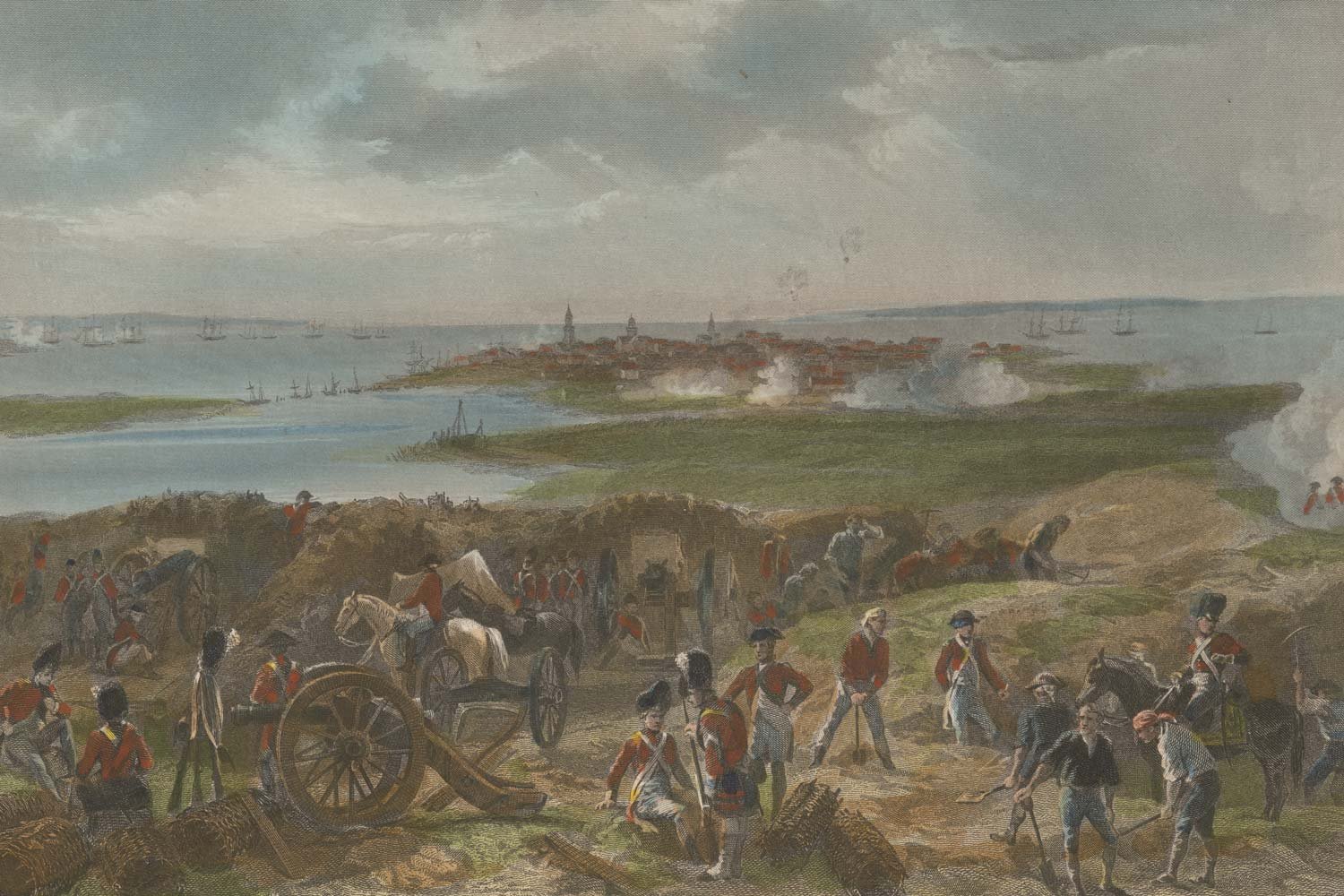


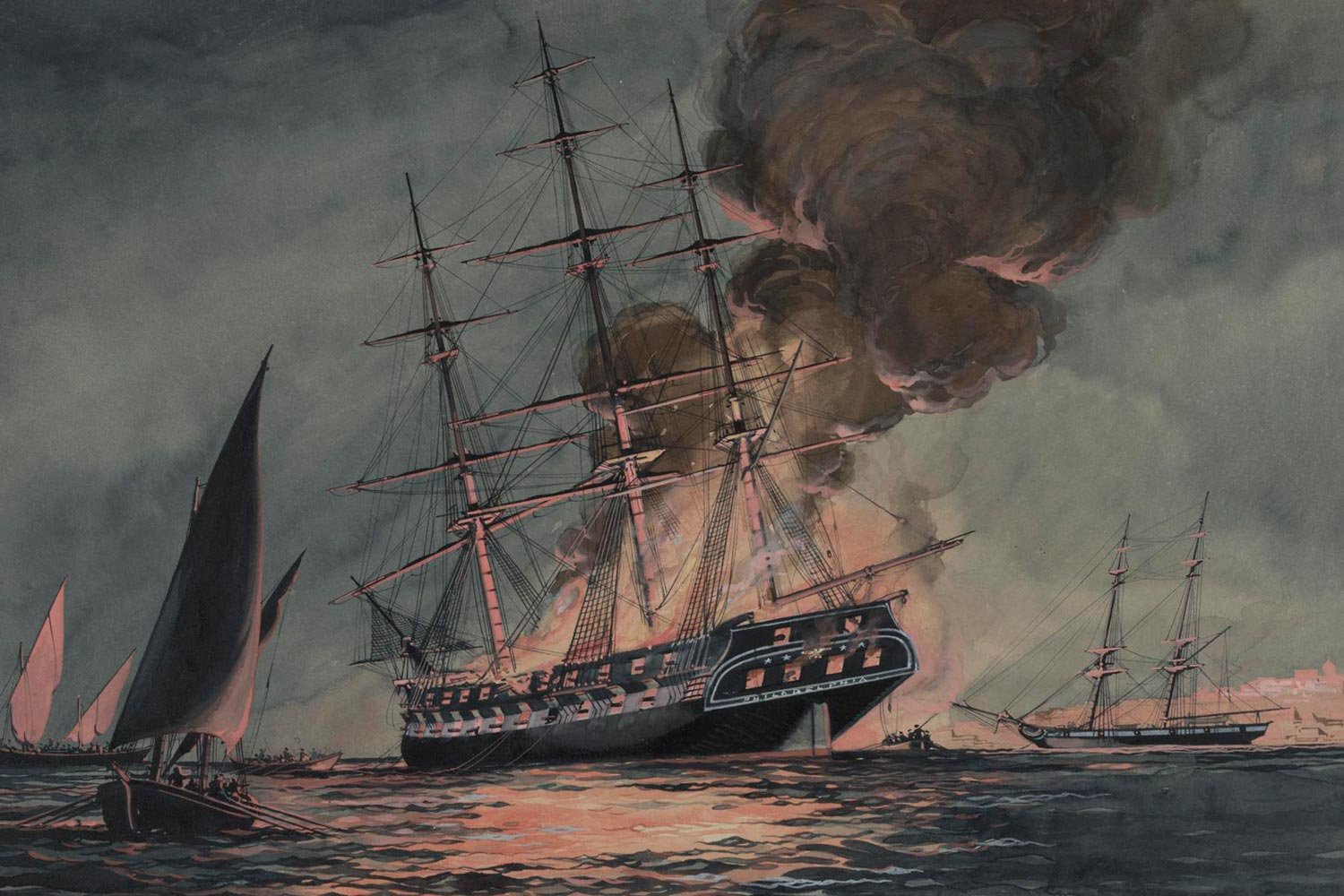
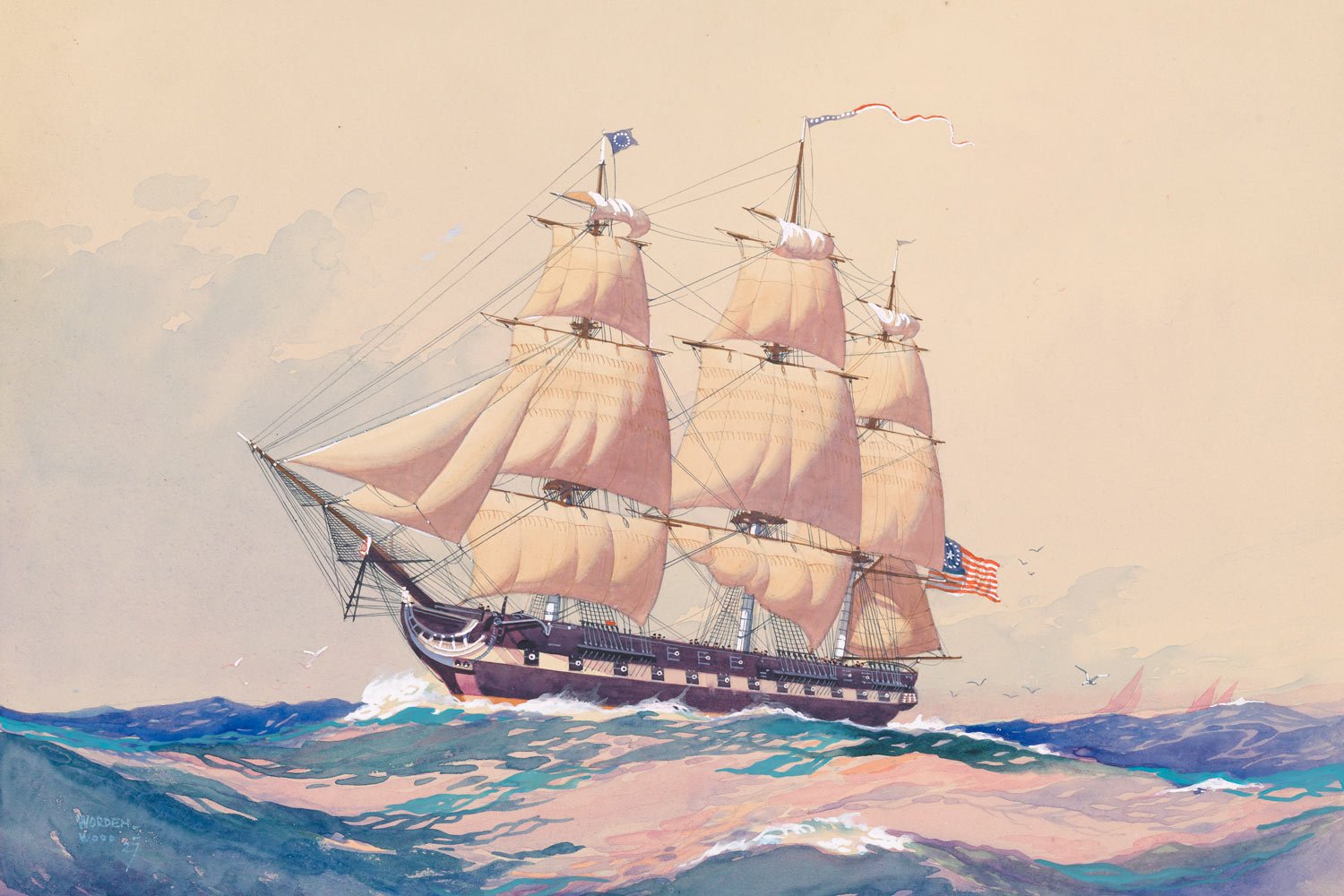


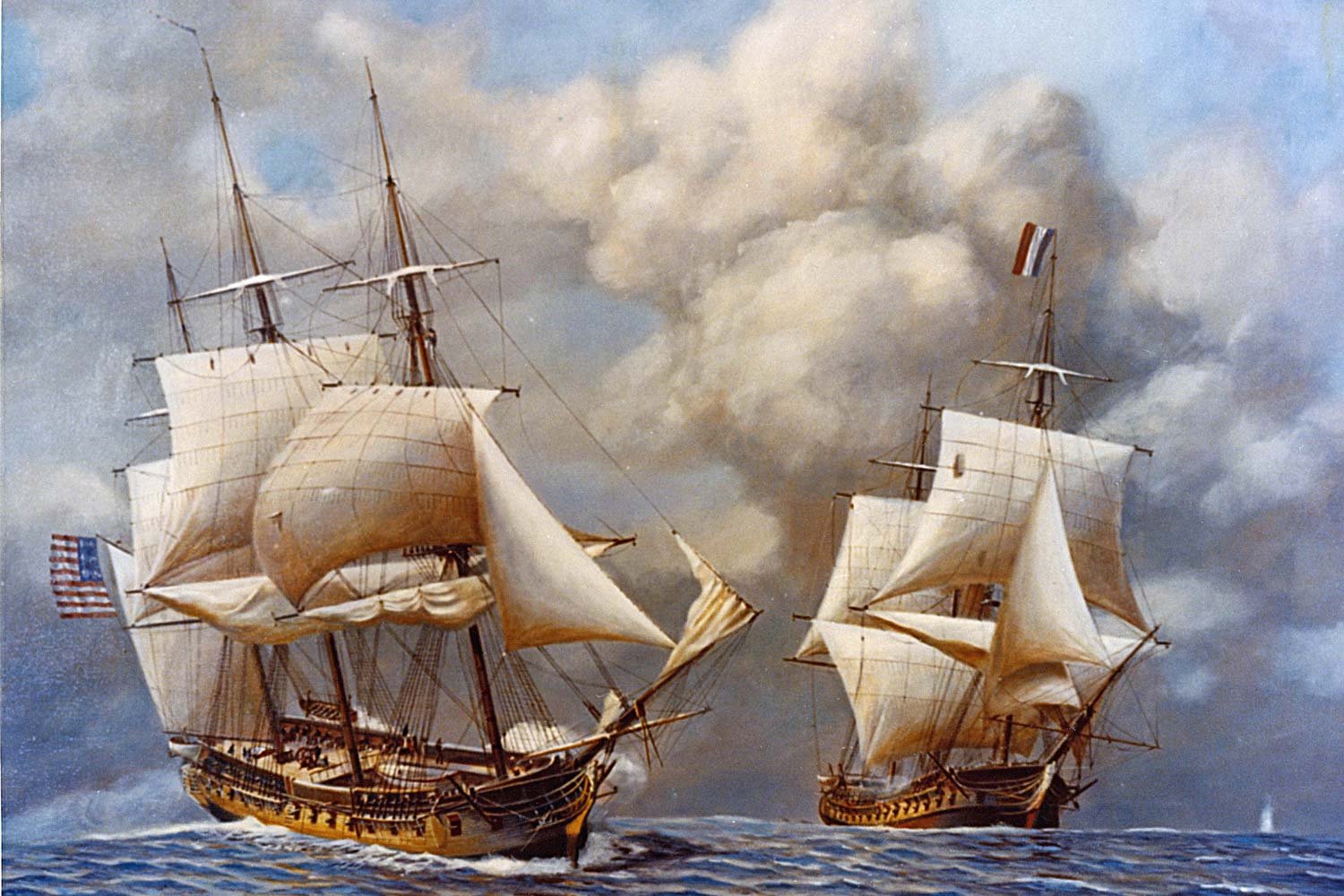
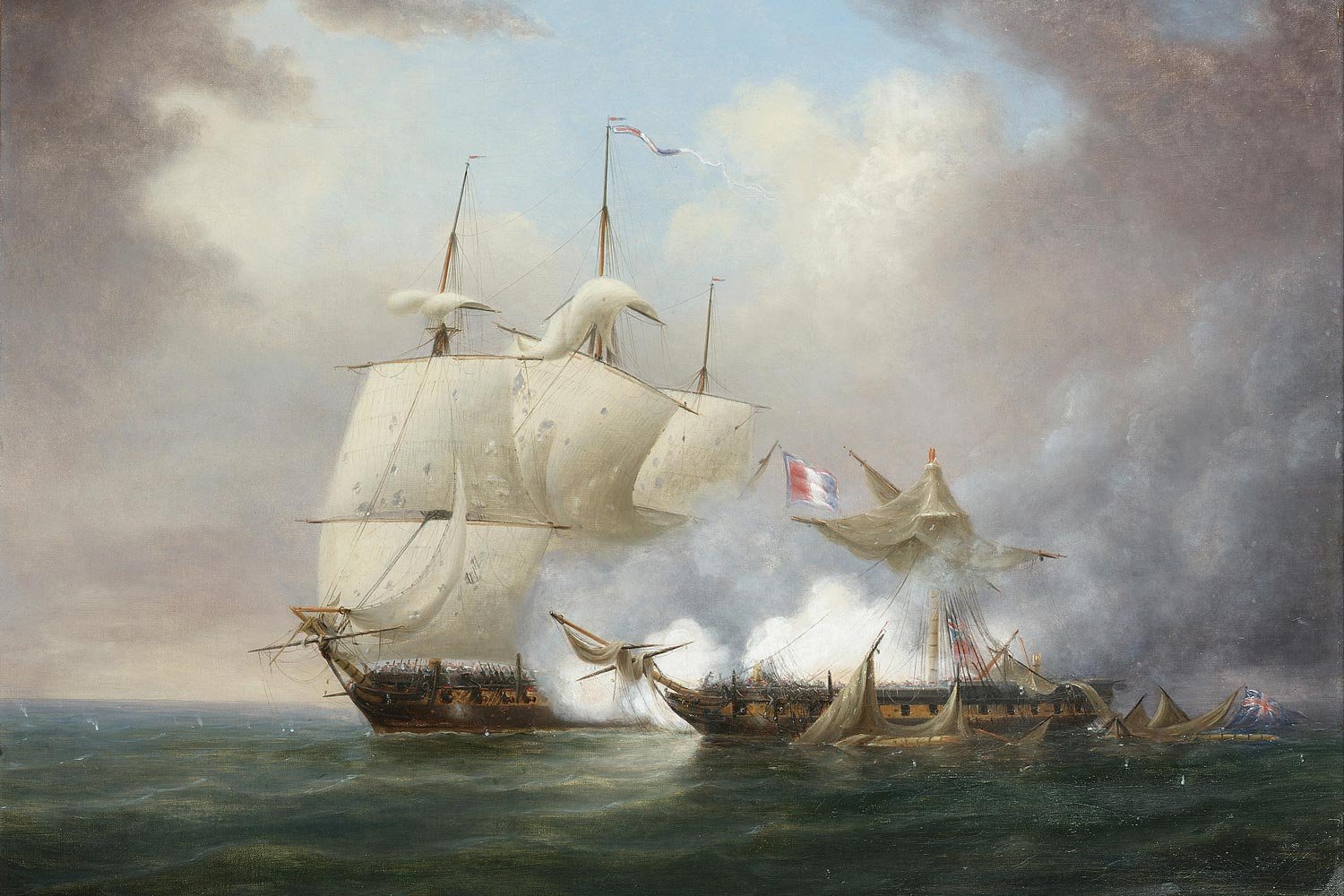
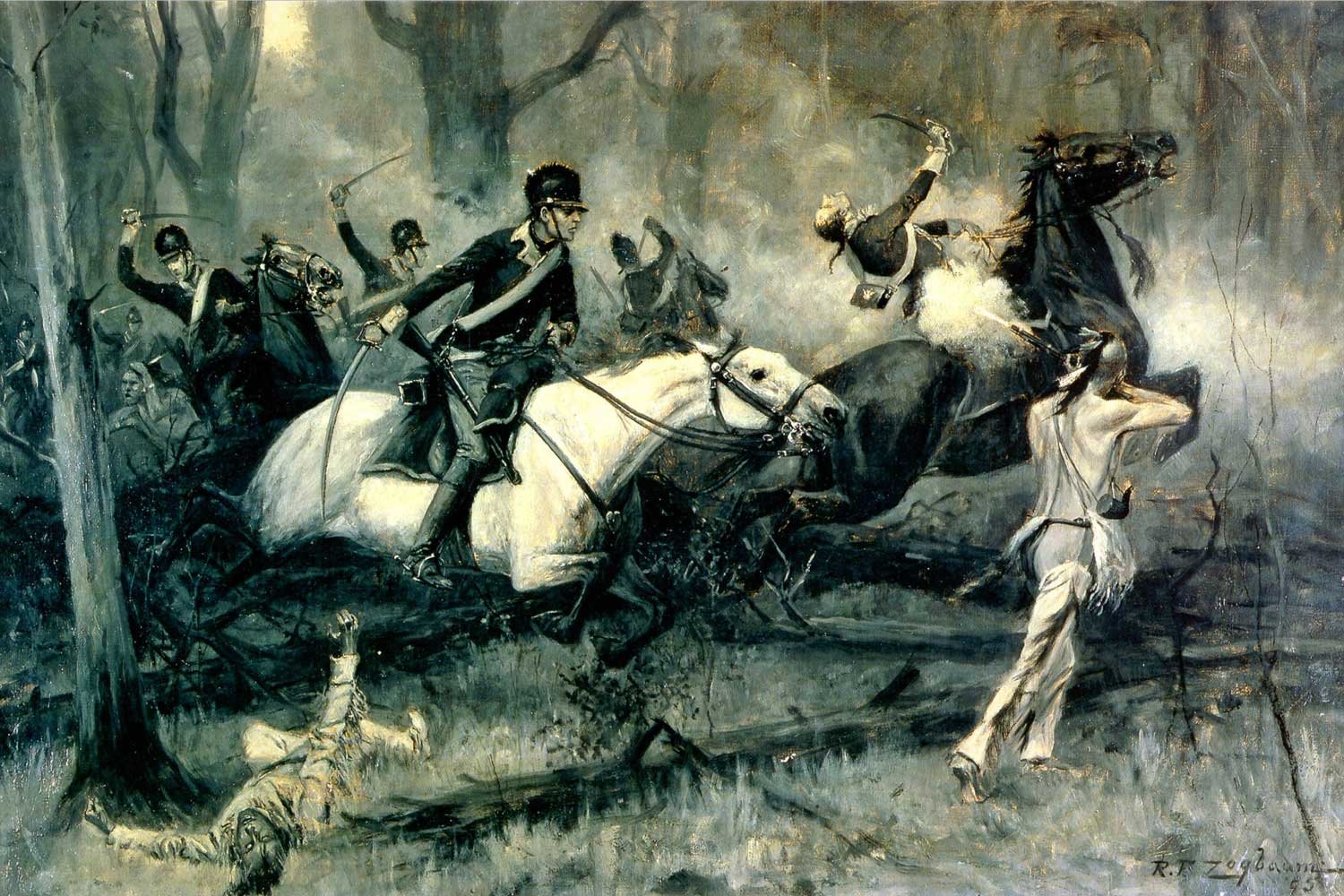
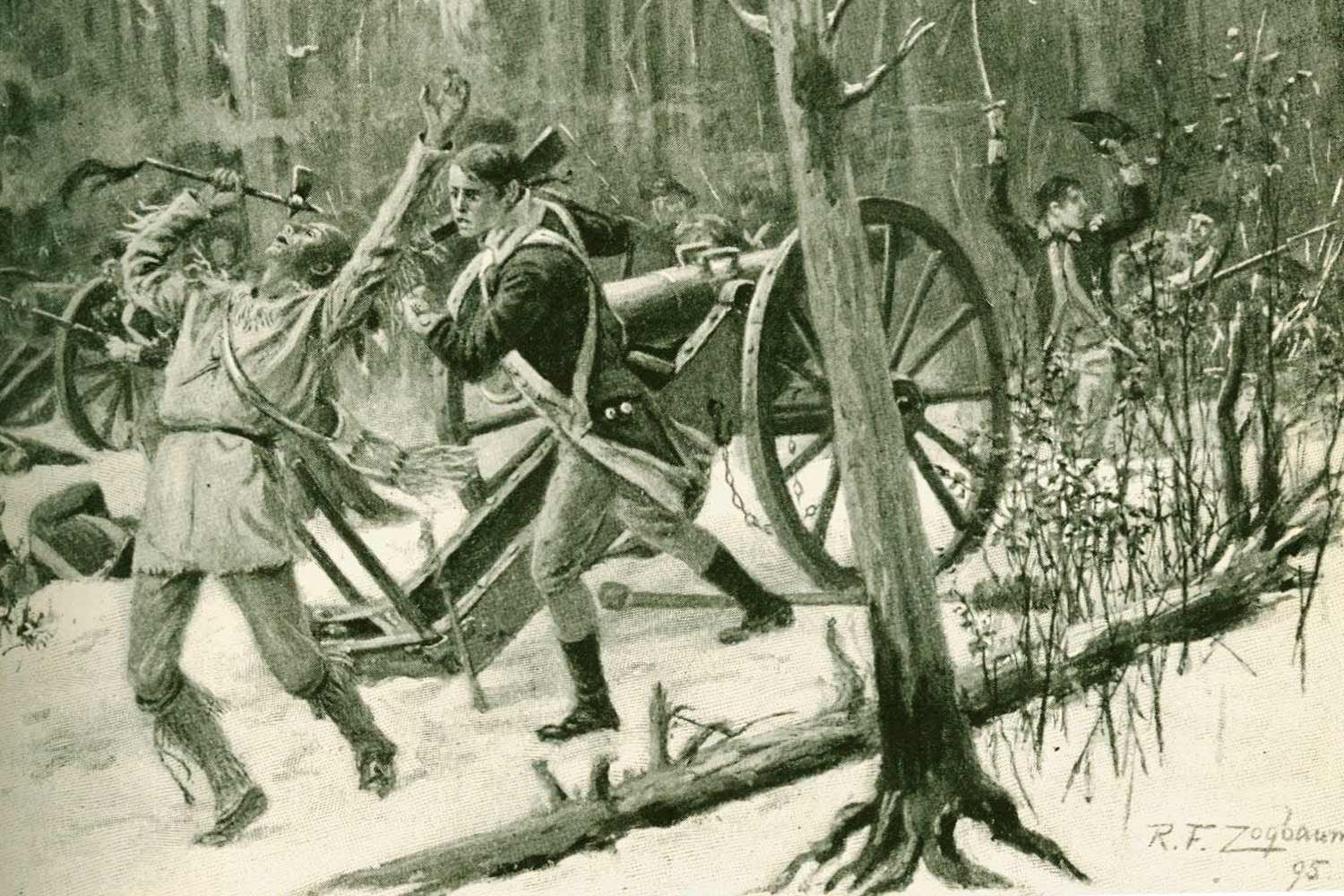
Commodore Edward Preble assembled his considerable American fleet just outside Tripoli harbor in August 1804, determined to punish the city and its corsairs, and force Yusuf Karamanli, the Dey of Tripoli, to sue for peace.